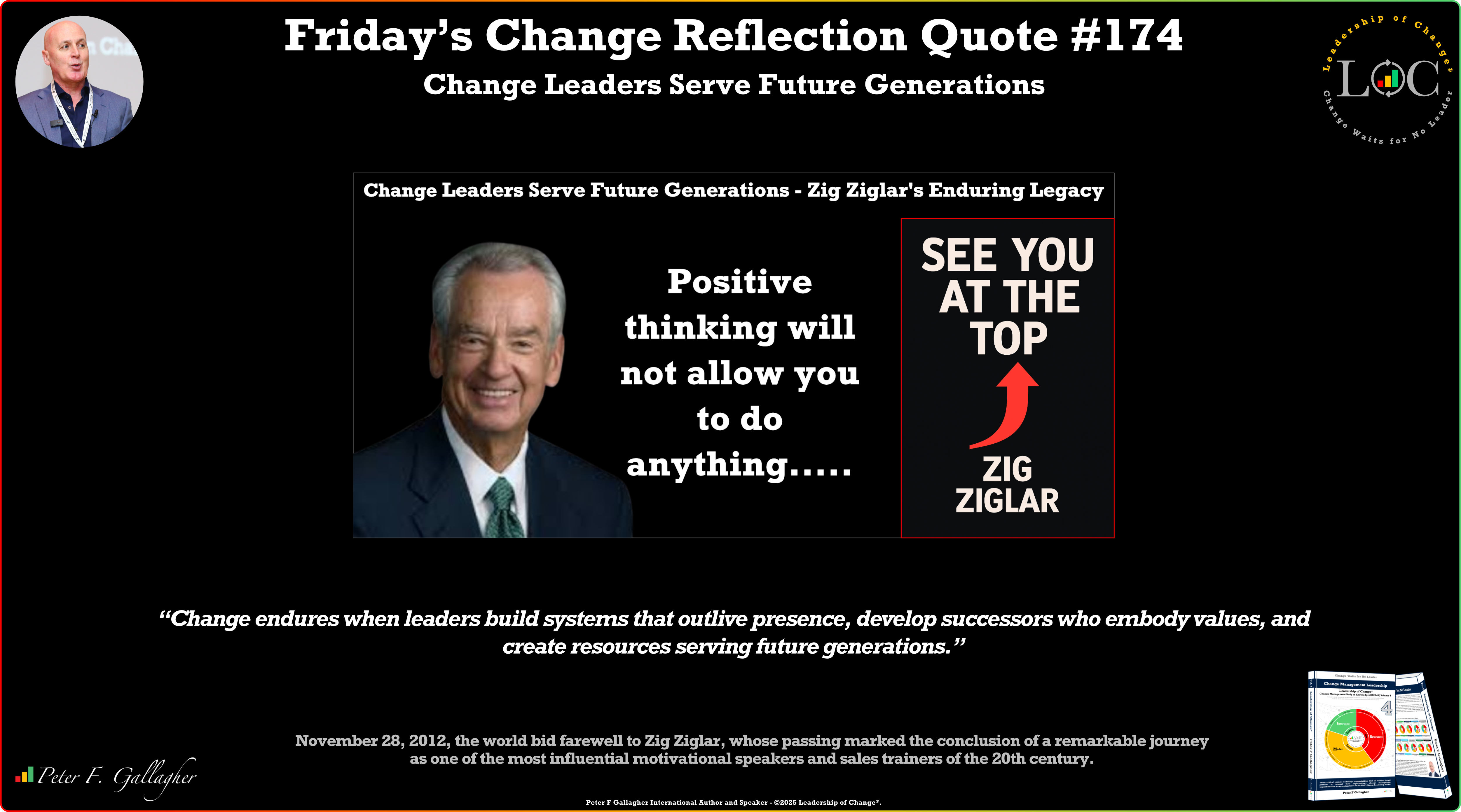Sep01

Korean Airlines Flight 007 - Confirmation Bias
Happy Friday!
On this day, September 1, 1983, Korean Airlines (KAL) flight 007 jetliner strayed into Soviet airspace, was intercepted, and shot down by Soviet jet fighters, killing 269 passengers and crew members. The majority of those who perished were of Korean and American descent. President Ronald Reagan called the incident a “massacre,” and it further degraded U.S.-Soviet relations. After refuelling at Anchorage International Airport in Anchorage, Alaska, the B747 departed for Seoul, but was an estimated 100 miles from its scheduled path and entered Soviet airspace. If the Soviets’ had applied the international standards for intercepting a passenger airline, their attempts to identify the aircraft were grossly inadequate. However, the crew failed to comply with all the rules and procedures for the performance of the fight prescribed by the airline’s instructions, including those in the event of possible abnormalities in the operation of the equipment. The pilots were either unaware that they were on autopilot or didn’t programme the route in the flight plan, which included ten different waypoints. Either way, their flight path breached Soviet airspace at least twice. They also missed many other abnormalities, which would have highlighted that they were not on the designated flight path.
The International Civil Aviation Organisation (ICAO) said pilot error contributed to the disaster, even though they were both experienced. In the case of Flight 007, the pilots’ initial belief that they were on the correct flight path led them to dismiss or overlook numerous crucial indicators that suggested otherwise. Confirmation bias occurs when individuals seek or interpret information in a way that confirms their pre-existing beliefs or hypotheses while disregarding contradictory evidence. Confirmation bias occurs when organisational leaders focus on normal day-to-day operations without sharing quality resources with the change team and ignore slow change progress. Share Resources During Change.
“Articulating a change vision without the provision of competent resources is just a charade”
The first step for the leadership team in implementing their organisation’s change is to ‘Articulate the change vision’. An enabler of realising the change vision will be resourcing the change with competent staff. The leadership team cannot think of articulating a change vision without the provision of competent resources, and to do so would be an illusion. Managed change must consider where the change resources are going to come from while normal day-to-day operations continue.
Have a fantastic weekend with the ones you love and care for, enjoy some fresh air, exercise, eat, drink and be happy.
Further Reading: Change Management Leadership: Leadership of Change Volume 4
Peter consults, speaks, and writes on the Leadership of Change®. He advises CEOs on how to prepare and align their corporate leadership teams to successfully lead their organisation's change.
For further reading please visit our websites: https://www.a2b.consulting https://www.peterfgallagher.com Amazon.com: Peter F Gallagher: Books, Biography, Blog, Audiobooks, Kindle
Leadership of Change® Body of Knowledge Volumes: Change Management Body of Knowledge (CMBoK) Books: Volumes 1, 2, 3, 4, 5, 6, 7, A, B, & C available on both Amazon and Google Play:
~ Leadership of Change® Volume 1 - Change Management Fables
~ Leadership of Change® Volume 2 - Change Management Pocket Guide
~ Leadership of Change® Volume 3 - Change Management Handbook
~ Leadership of Change® Volume 4 - Change Management Leadership
~ Leadership of Change® Volume 5 - Change Management Adoption
~ Leadership of Change® Volume 6 - Change Management Behaviour
~ Leadership of Change® Volume 7 - Change Management Sponsorship
~ Leadership of Change® Volume A - Change Management Gamification - Leadership
~ Leadership of Change® Volume B - Change Management Gamification - Adoption
Coming soon:
~ Leadership of Change® Volume C - Change Management Gamification - Behaviour
~ Leadership of Change® Volume D - Change Management Gamification - Sponsorship
~ Leadership of Change® Volume E - Change Management Gamification - Leadership Teams
Keywords: Business Strategy, Change Management, Leadership
 Grandad, what's a Supply Chain Planner
Grandad, what's a Supply Chain Planner Operational Speed Without Strategic Clarity Creates Chaos
Operational Speed Without Strategic Clarity Creates Chaos The AI Curriculum: A Library's Deep Dive into Artificial Intelligence
The AI Curriculum: A Library's Deep Dive into Artificial Intelligence Friday’s Change Reflection Quote - Leadership of Change - Change Leaders Serve Future Generations
Friday’s Change Reflection Quote - Leadership of Change - Change Leaders Serve Future Generations The Corix Partners Friday Reading List - November 28, 2025
The Corix Partners Friday Reading List - November 28, 2025